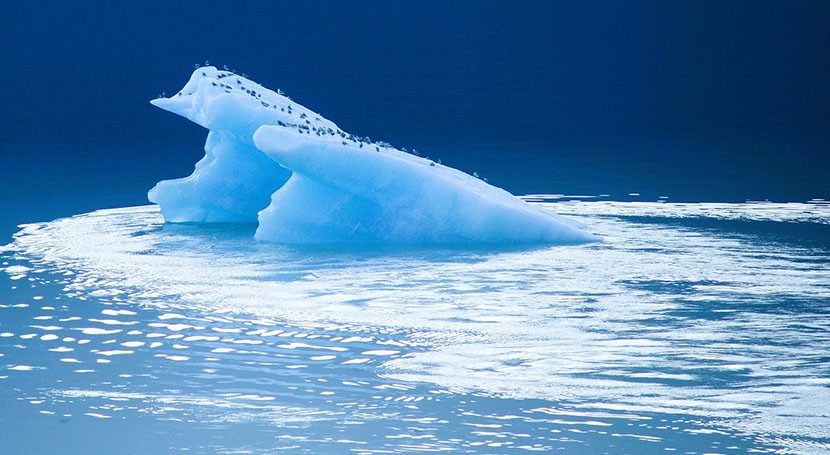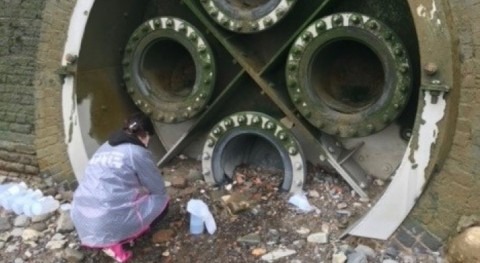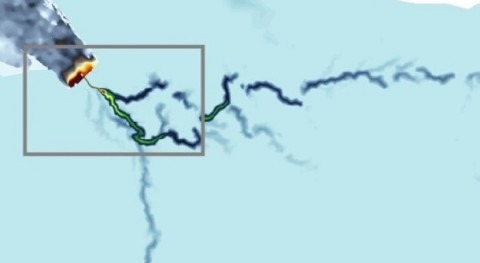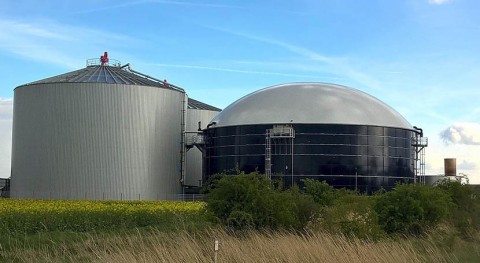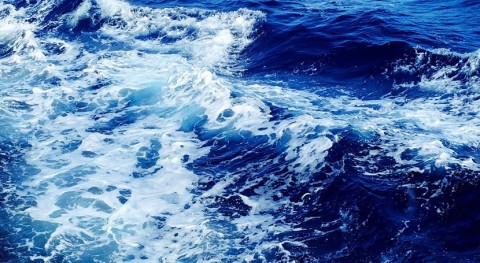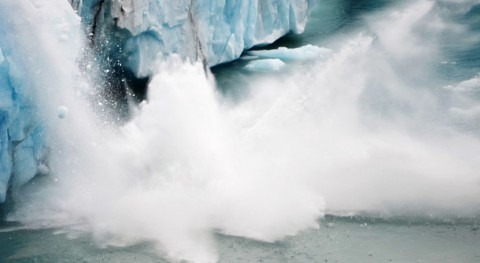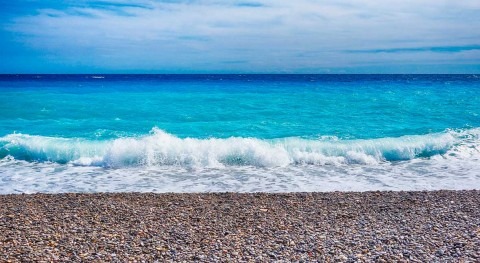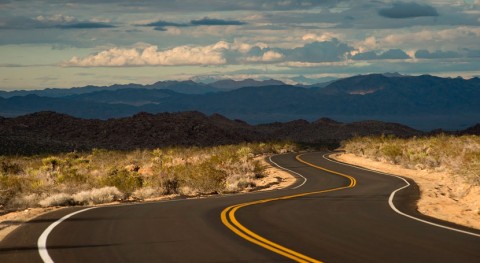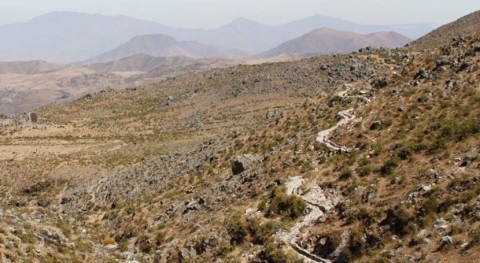At the current rate of retreat the vast glaciers, which extend deep into the heart of the ice sheet, could contribute as much as 3.4 metres to global sea level rise over the next several centuries.
Antarctica is covered by two huge ice masses: the East and West Antarctic Ice Sheets, which feed many individual glaciers. Because of the warming climate, the WAIS has been thinning at accelerated rates over the past few decades. Within the ice sheet, the Thwaites and Pine Island glaciers are particularly vulnerable to global warming and are already contributing to rises in sea level.
Now, a new study led by the University of Maine and the British Antarctic Survey, including academics from Imperial College London, has measured the rate of local sea level change – an indirect way to measure ice loss – around these particularly vulnerable glaciers.
Their current rate of retreat is accelerating and already raising global sea level...We now urgently need to work out if it's too late to stop the bleeding.Dr Dylan RoodDepartment of Earth Science and Engineering
They found that the glaciers have begun retreating at a rate not seen in the last 5,500 years. With areas of 192,000 km2 (nearly the size of the island of Great Britain) and 162,300 km2 respectively, the Thwaites and Pine Island glaciers have the potential to cause large rises in global sea level.
Co-author Dr Dylan Rood of Imperial’s Department of Earth Science and Engineering said: “Although these vulnerable glaciers were relatively stable during the past few millennia, their current rate of retreat is accelerating and already raising global sea level.
“These currently elevated rates of ice melting may signal that those vital arteries from the heart of the WAIS have been ruptured, leading to accelerating flow into the ocean that is potentially disastrous for future global sea level in a warming world. We now urgently need to work out if it's too late to stop the bleeding."
The paper is published in Nature Geoscience.
Searching for seashells
During the mid-Holocene period, over 5,000 years ago, the climate was warmer than today and thus sea levels were higher and glaciers smaller. The researchers wanted to study fluctuations in sea level since the mid-Holocene, so studied the remnants of old Antarctic beaches, which are today elevated above modern sea level.
They examined seashells and penguin bones on these beaches using radiocarbon dating – a technique that uses the radioactive decay of carbon locked in the shells and bones as a clock to tell us how long they have sat above sea level.
 Pondered by a group of curious penguins, researchers on Edwards Island beach collect sea shells and bones. Credit: James Kirkham, British Antarctic Survey
Pondered by a group of curious penguins, researchers on Edwards Island beach collect sea shells and bones. Credit: James Kirkham, British Antarctic Survey
When heavy glaciers sit on the land, they push down or ‘load’ the Earth’s surface. After the glaciers’ ice melts or ‘unloads’, the land ‘bounces back’ so that what once was a beach is now higher than sea level. This explains why the local sea level for this land fell, while globally the water from the melting ice caused global sea levels to rise.
By pinpointing the precise age of these beaches, they could tell when each beach appeared and therefore reconstruct changes in local, or ‘relative’, sea level over time.
The results showed a steady fall in relative sea level over the last 5,500 years, which the researchers interpret as a result of ice loss just prior to that time. This pattern is consistent with relatively stable glacier behaviour with no evidence of large-scale glacier loss or advance.
They also showed that the rate of relative sea-level fall since the mid-Holocene was almost five times smaller than that measured today. The scientists found that the most likely reason for such a large difference is recent rapid ice mass loss.
Lead author Professor Brenda Hall of the University of Maine said: “Relative sea-level change allows you to see large-scale crustal loading and unloading by ice. For example, glacier readvance, which would result in crustal loading, would slow the rate of relative sea-level fall or potentially even cause submergence of the land below sea level.”
The researchers also compared their results to existing global models of the dynamics between ice and the Earth’s crust. Their data showed that the models did not accurately represent the sea-level rise history of the area during mid- to late-Holocene based on their data. This study helps to paint a more accurate picture of the history of the region.
Although their data do not exclude the possibility of minor fluctuations of the Thwaites and Pine Island glaciers over the past 5,500 years, the researchers concluded that the simplest interpretation of their data is that these glaciers have been relatively stable since the mid-Holocene until recent times – and that the present-day rate of glacier retreat that has doubled over the past 30 years is, indeed, unprecedented over the last 5,500 years.
Stopping the bleeding
To better forecast the future fate of the ice sheet and its impact on global sea level, the International Thwaites Glacier Collaboration (ITGC) – the largest joint UK-US programme of field science ever conducted in Antarctica – which Imperial researchers are involved with, will improve our understanding of the past behaviour of the Thwaites glacier during climate conditions similar to today.
Important clues are also buried deep under the ice. To solve these mysteries, the researchers will be drilling through the glacier ice to collect rock underneath, which may contain evidence for whether current accelerating rates of melting are reversible or not.


